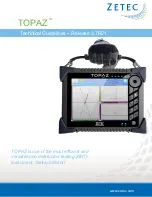Reviews:
No comments
Related manuals for TOPAZ

930
Brand: OMCA Pages: 72
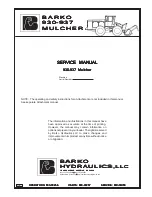
930
Brand: Barko Hydraulics Pages: 92

4430
Brand: Backyard Play Systems Pages: 54
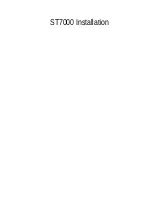
ST7000
Brand: Raymarine Pages: 55

MIC Series
Brand: Halyard Pages: 4

Underwater Light Show & Fountain
Brand: GAME Pages: 2
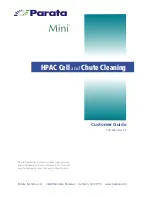
Mini
Brand: Parata Pages: 40

PPT
Brand: OfiTE Pages: 21

Deluxe
Brand: Earthlite Pages: 4

Deluxe
Brand: YATEK Pages: 78

7812
Brand: Landoll Pages: 52

7390
Brand: Gason Pages: 110
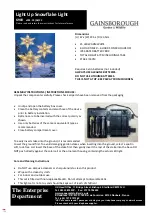
K900
Brand: Gainsborough Pages: 2

452
Brand: Wavetek Pages: 74

670
Brand: Fairchild Pages: 16
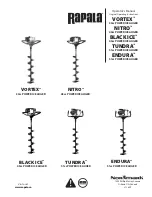
VORTEX
Brand: Rapala Pages: 14

VORTEX
Brand: S.R.Smith Pages: 43

S-11303
Brand: U-Line Pages: 3

